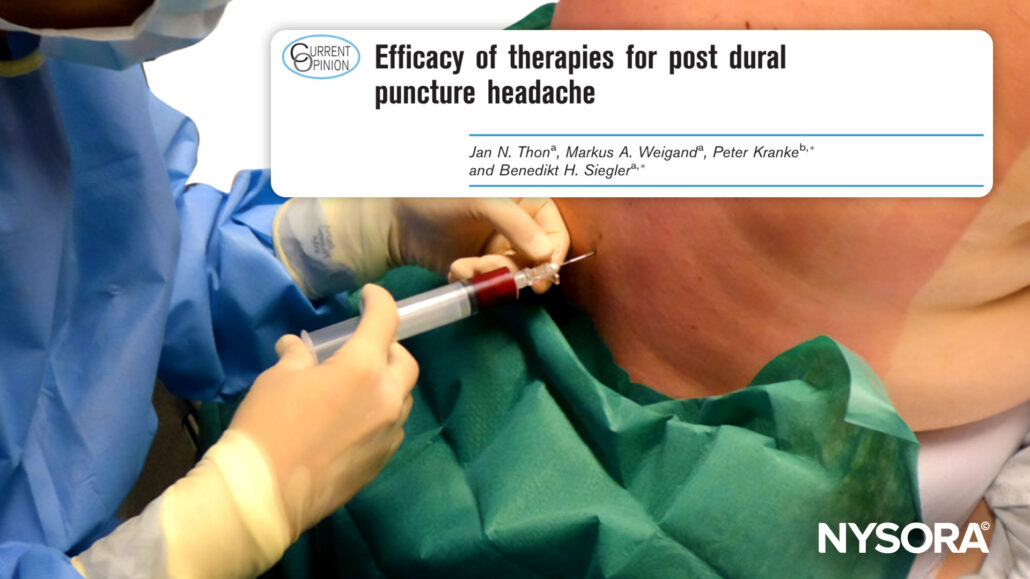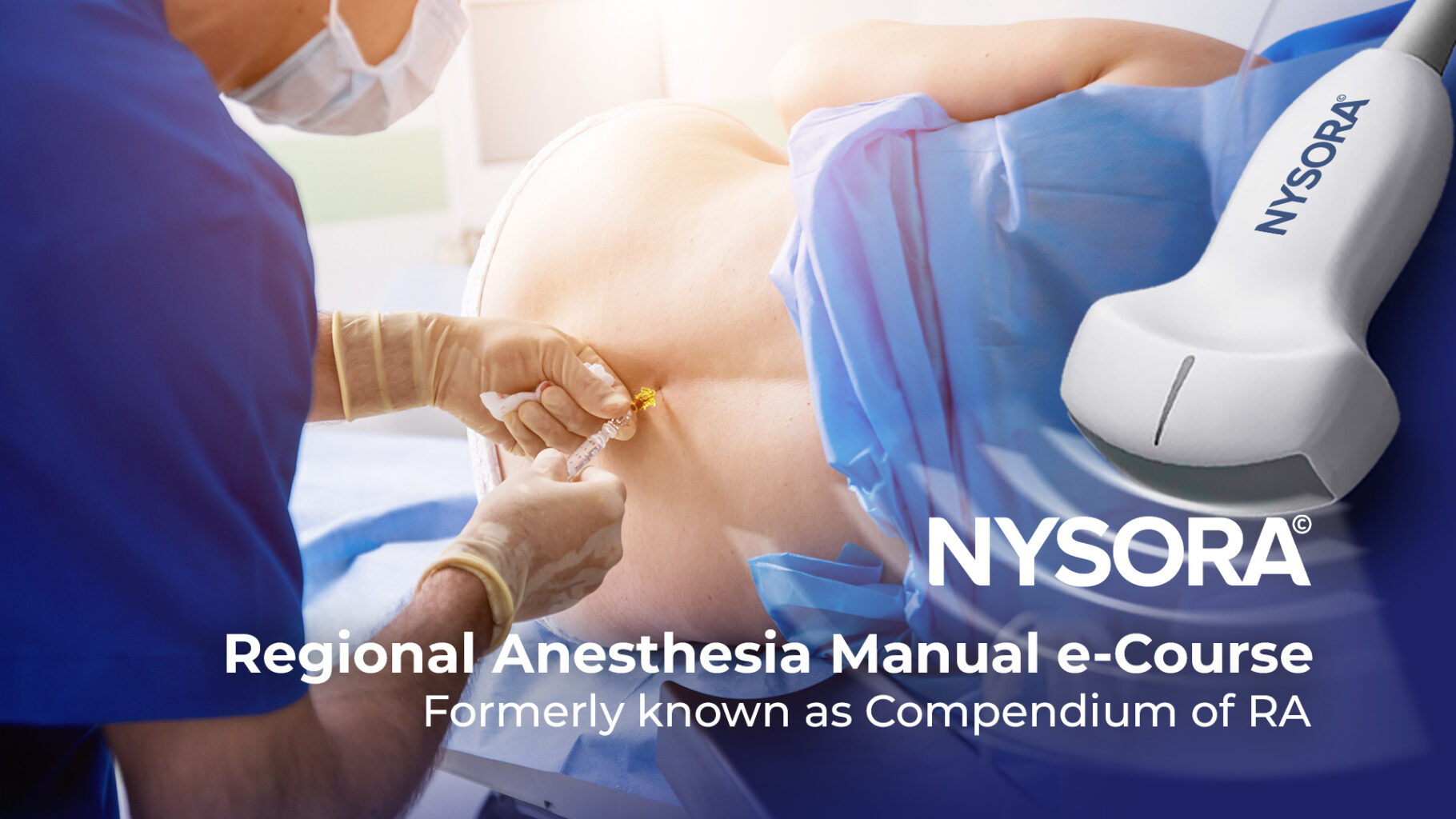
Efficacy of therapies for post-dural puncture headache (PDPH)
Introduction
Post-dural puncture headache (PDPH) is a significant complication following neuraxial procedures, impacting patient quality of life. Thon et al. 2024’s recent review highlights key advancements in prophylactic and therapeutic measures for PDPH.
What is post-dural puncture headache?
PDPH occurs when cerebrospinal fluid (CSF) leaks through a puncture in the dura mater, resulting in decreased CSF pressure and a subsequent headache.
Typical symptoms include:
- Throbbing headache, exacerbated by an upright posture.
- Neck stiffness.
- Nausea and vomiting.
- Visual and auditory disturbances.
- Dizziness.
- Prevalence
Incidence rates:
- 0.5% – 0.7% after neuraxial techniques.
- Up to 80% following accidental dural puncture during epidural anesthesia (EDA).
Conservative treatments
- Bed Rest: Traditionally recommended but lacks strong evidence for efficacy.
- Hydration: Oral and intravenous fluids to increase cerebrospinal fluid (CSF) production.
- Caffeine: Provides symptomatic relief through vasoconstriction.
Pharmacological treatments
- Analgesics: Acetaminophen and NSAIDs are effective for pain management.
- Theophylline: A xanthine derivative similar to caffeine, useful in headache relief.
- Gabapentin: An anticonvulsant shown to reduce PDPH symptoms.
Invasive treatments
- Epidural blood patch (EBP):
- Procedure: Injection of the patient’s blood into the epidural space to form a clot and seal the CSF leak.
- Effectiveness: Considered the gold standard with high success rates (up to 90%).
- Risks: Includes repeat dural puncture, backache, and neurological complications.
- Intrathecal catheter:
- Use: Can be considered after accidental dural puncture to reduce PDPH occurrence.
- Effectiveness: Some studies suggest the reduced need for EBP and decreased PDPH incidence.
- Alternative epidural injections:
- Hydroxyethyl starch (HES): Associated with reduced PDPH rates but requires more research for conclusive evidence.
- Cosyntropin: Shown to stimulate CSF production but not routinely recommended due to limited success.
Novel therapies
- Therapeutic local anesthetics (TLA):
- Greater Occipital Nerve Block (GONB): Effective in headache treatment but requires more robust evidence for PDPH.
- Sphenopalatine Ganglion Block (SPGB): Provides significant pain relief and can be a useful alternative when EBP is contraindicated.
- Intranasal lidocaine:
- Application: Using a mucosal atomization device (MAD) for rapid pain relief.
- Effectiveness: Prevents the need for EBP in some cases, providing a non-invasive alternative.
Guidelines and recommendations
- Prophylactic measures: No specific prophylactic measure is recommended universally.
- EBP implementation: Should not be delayed in the absence of contraindications. If symptoms are ambiguous, further diagnostics should be pursued.
- Follow-Up: Essential to ensure proper patient care and address any chronic residual complaints.
Future perspectives
Ongoing research is crucial to understanding better PDPH pathophysiology, which could lead to new therapeutic targets and enhance the efficacy of existing treatments. Intrathecal catheters and local anesthetics show promise as potential alternatives to invasive procedures.
Conclusion
The management of PDPH remains challenging but continues to evolve with new research. While EBP remains the most effective treatment, alternative therapies and a better understanding of the condition could improve patient outcomes in the future.
For more detailed information, refer to the full article in Current Opinion in Anesthesiology.
Thon JN, Weigand MA, Kranke P, Siegler BH. Efficacy of therapies for post-dural puncture headache. Curr Opin Anaesthesiol. 2024;37(3):219-226
Learn more about the pathophysiology, risk factors, clinical presentation, treatment, and prevention of PDPH by enrolling in the Regional Anesthesia Manual e-Course. Access this valuable resource today on the NYSORA LMS website!




